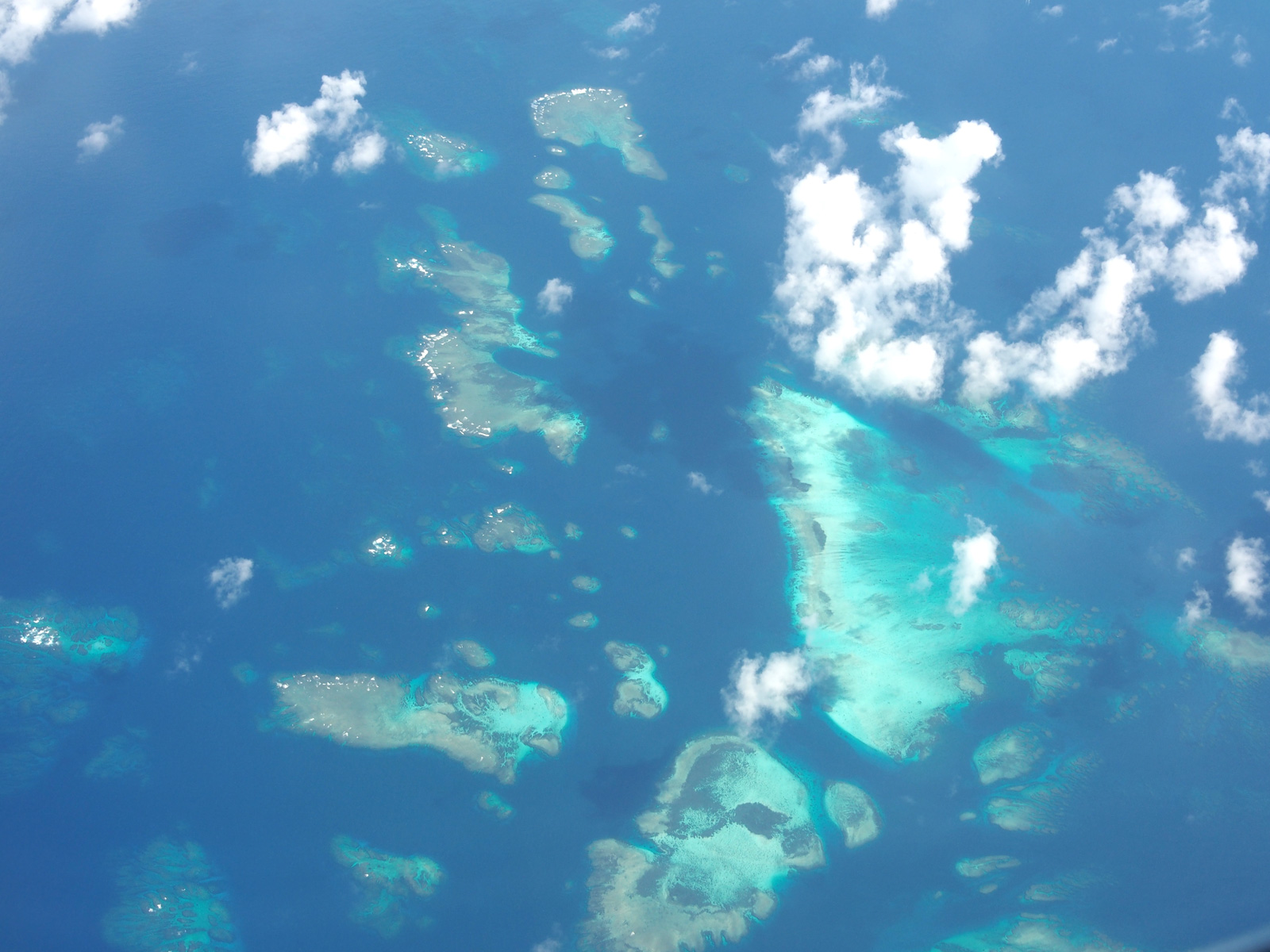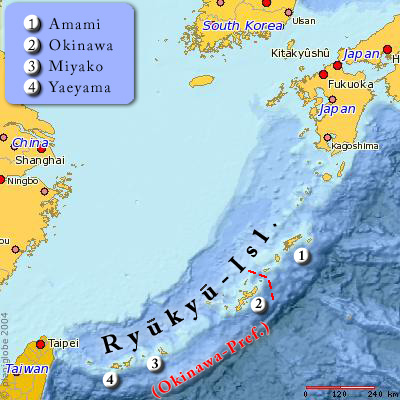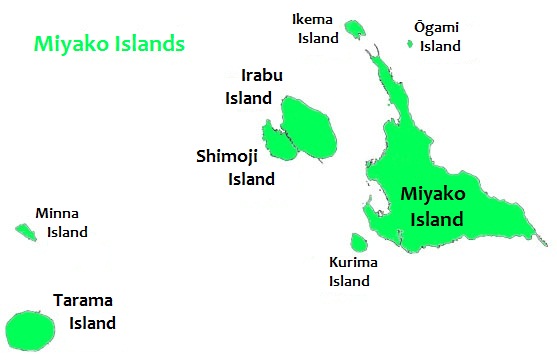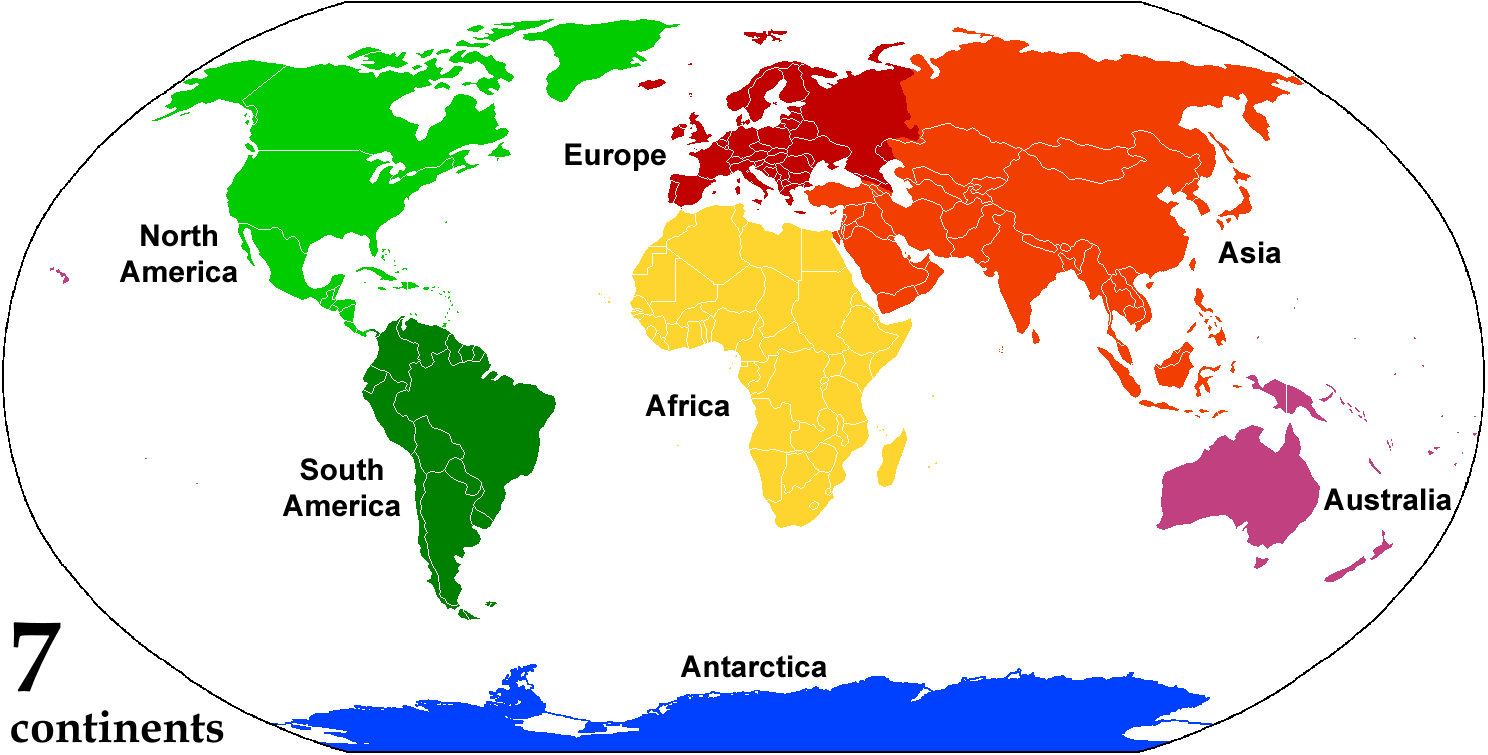|
Yabiji
, also known as Yaebiji, Yaebise, Yaebishi, and Yapiji and appearing on some historical Western nautical charts as Providence Reef, is the largest coral reef group in Japan. Located in the Miyako Islands, it contains over 100 coral reefs. Known for being above water level several times a year, most visibly around March 3 of the lunar calendar (around the beginning of April in the Gregorian calendar), it was made a Natural Monument of Japan in 2013. Geography Centered roughly around , Yabiji stretches across an area between and north of Ikema Island in the Miyako Islands in Okinawa Prefecture in the Ryukyu Islands.八重干瀬 - 国指定文化財等データベース()("Yaebashi - Nationally designat ... [...More Info...] [...Related Items...] OR: [Wikipedia] [Google] [Baidu] |
Miyakojima, Okinawa
is a city in Okinawa Prefecture, Japan, located on the Miyako Islands. As of 2025, it had a population of 53,035. History The modern city of Miyakojima was established on October 1, 2005, from the merger of the old city of Hirara, the towns of Gusukube, Irabu and Shimoji, and the village of Ueno (all from Miyako District). As a result of the merger, Miyako District only has one remaining village. Geography Since the city was created by merging several towns that were located on different islands, the city of Miyakojima consists of multiple islands. The islands administered by the city include: * Ikema-jima * Irabu-jima * Kurima-jima * Miyako-jima * Ōgami-jima * Shimojishima Several of the islands are connected by bridge. * Miyako-jima and Ikema-jima * Miyako-jima and Kurima-jima * Miyako-jima and Irabu-jima * Irabu-jima and Shimojishima: connected by six bridges (they are very close together) Ogami-jima is the only island that is not connected by bridge a ... [...More Info...] [...Related Items...] OR: [Wikipedia] [Google] [Baidu] |
Miyako Islands
The (also Miyako Jima group) are a group of islands in Okinawa Prefecture, Japan, belonging to the Ryukyu Islands. They are situated between Okinawa Island and the Yaeyama Islands. In the early 1870s, the population of the islands was estimated to number approximately 10,000. Miyako Island has 55,914 people. A bridge connects Miyako Island to Ikema Island, which has 801 people. Tarama village has 1,214 people, between the two islands of Minna and Tarama. Important Bird Area The islands have been recognised as an Important Bird Area (IBA) by BirdLife International because they support populations of the resident Ryukyu green pigeons, as well as migrating whimbrels. Inhabited islands * Miyakojima City ** ** ** ** ** ( ja) ** * Tarama Village ( Miyako District) ** ** ( ja) See also * Miyako people * Sakishima Islands *Miyakoan language The Miyakoan language ( ''Myākufutsu/Myākufutsї'' or ''Sumafutsu/Sїmafutsї'', ) is a diverse dialect cluster spoken in th ... [...More Info...] [...Related Items...] OR: [Wikipedia] [Google] [Baidu] |
Torso
The torso or trunk is an anatomical terminology, anatomical term for the central part, or the core (anatomy), core, of the body (biology), body of many animals (including human beings), from which the head, neck, limb (anatomy), limbs, tail and other appendages extend. The tetrapod torso — including that of a human body, human — is usually divided into the ''chest, thoracic'' segment (also known as the upper torso, where the forelimbs extend), the ''abdomen, abdominal'' segment (also known as the "mid-section" or "midriff"), and the ''pelvic'' and ''perineum, perineal'' segments (sometimes known together with the abdomen as the lower torso, where the hindlimbs extend). Anatomy Major organs In humans, most critical Organ (anatomy), organs, with the notable exception of the brain, are housed within the torso. In the upper chest, the heart and lungs are protected by the rib cage, and the abdomen contains most of the organs responsible for digestion: the stomach, which breaks ... [...More Info...] [...Related Items...] OR: [Wikipedia] [Google] [Baidu] |
Miyako Island
is the largest and the most populous island among the Miyako Islands of Okinawa Prefecture, Japan. Miyako Island is administered as part of the City of Miyako Island, which includes not only Miyako Island, but also five other islands. Geography Miyako Island lies approximately southwest of Okinawa Island. With an area of , Miyako is the fourth-largest island in Okinawa Prefecture. The island is triangular in shape and is composed of limestone. Miyako Island is subject to drought and is frequently struck by typhoons. Miyako Island is well known for its beauty, particularly the , a nationally designated Place of Scenic Beauty at the southeasternmost point of Miyako Island. It is considered by many as one of the most beautiful spots in Japan. Other notable locations include Yonaha Maehama beach, Sunayama beach, Painagama Beach and the sights on Irabu-jima. There are three islands nearby which are connected by bridges to Miyako Island, Irabujima (as of early 2015), , and . ... [...More Info...] [...Related Items...] OR: [Wikipedia] [Google] [Baidu] |
Continent
A continent is any of several large geographical regions. Continents are generally identified by convention (norm), convention rather than any strict criteria. A continent could be a single large landmass, a part of a very large landmass, as in the case of Asia or Europe within Eurasia, or a landmass and nearby islands within its continental shelf. Due to these varying definitions, the number of continents varies; up to seven or as few as four geographical regions are commonly regarded as continents. Most English-speaking world, English-speaking countries recognize seven regions as continents. In order from largest to smallest in area, these seven regions are Asia, Africa, North America, South America, Antarctica, Europe, and Australia (continent), Australia (sometimes called Oceania or Australasia). Different variations with fewer continents merge some of these regions; examples of this are merging Asia and Europe into Eurasia, "Most people recognize seven continents—Asia, ... [...More Info...] [...Related Items...] OR: [Wikipedia] [Google] [Baidu] |
Tidal Range
Tidal range is the difference in height between high tide and low tide. Tides are the rise and fall of sea levels caused by gravitational forces exerted by the Moon and Sun, by Earth's rotation and by centrifugal force caused by Earth's progression around the Earth-Moon barycenter. Tidal range depends on time and location. Larger tidal range occur during spring tides (spring range), when the gravitational forces of both the Moon and Sun are aligned (at syzygy), reinforcing each other in the same direction ( new moon) or in opposite directions ( full moon). The largest annual tidal range can be expected around the time of the equinox if it coincides with a spring tide. Spring tides occur at the second and fourth (last) quarters of the lunar phases. By contrast, during neap tides, when the Moon and Sun's gravitational force vectors act in quadrature (making a right angle to the Earth's orbit), the difference between high and low tides (neap range) is smallest. Neap ti ... [...More Info...] [...Related Items...] OR: [Wikipedia] [Google] [Baidu] |
Tide
Tides are the rise and fall of sea levels caused by the combined effects of the gravitational forces exerted by the Moon (and to a much lesser extent, the Sun) and are also caused by the Earth and Moon orbiting one another. Tide tables can be used for any given locale to find the predicted times and amplitude (or " tidal range"). The predictions are influenced by many factors including the alignment of the Sun and Moon, the phase and amplitude of the tide (pattern of tides in the deep ocean), the amphidromic systems of the oceans, and the shape of the coastline and near-shore bathymetry (see '' Timing''). They are however only predictions, the actual time and height of the tide is affected by wind and atmospheric pressure. Many shorelines experience semi-diurnal tides—two nearly equal high and low tides each day. Other locations have a diurnal tide—one high and low tide each day. A "mixed tide"—two uneven magnitude tides a day—is a third regular category. ... [...More Info...] [...Related Items...] OR: [Wikipedia] [Google] [Baidu] |
Geology
Geology (). is a branch of natural science concerned with the Earth and other astronomical objects, the rocks of which they are composed, and the processes by which they change over time. Modern geology significantly overlaps all other Earth sciences, including hydrology. It is integrated with Earth system science and planetary science. Geology describes the structure of the Earth on and beneath its surface and the processes that have shaped that structure. Geologists study the mineralogical composition of rocks in order to get insight into their history of formation. Geology determines the relative ages of rocks found at a given location; geochemistry (a branch of geology) determines their absolute ages. By combining various petrological, crystallographic, and paleontological tools, geologists are able to chronicle the geological history of the Earth as a whole. One aspect is to demonstrate the age of the Earth. Geology provides evidence for plate tectonics, the ev ... [...More Info...] [...Related Items...] OR: [Wikipedia] [Google] [Baidu] |
Shoal
In oceanography, geomorphology, and Earth science, geoscience, a shoal is a natural submerged ridge, bank (geography), bank, or bar that consists of, or is covered by, sand or other unconsolidated material, and rises from the bed of a body of water close to the surface or above it, which poses a danger to navigation. Shoals are also known as sandbanks, sandbars, or gravelbars. Two or more shoals that are either separated by shared crest and trough, troughs or interconnected by past or present sedimentary and hydrographic processes are referred to as a shoal complex.Neuendorf, K.K.E., J.P. Mehl Jr., and J.A. Jackson, eds. (2005) ''Glossary of Geology'' (5th ed.). Alexandria, Virginia, American Geological Institute. 779 pp. The term ''shoal'' is also used in a number of ways that can be either similar to, or quite different from, how it is used in geologic, geomorphic, and oceanographic literature. Sometimes, the term refers to either any relatively shallow place in a stream ... [...More Info...] [...Related Items...] OR: [Wikipedia] [Google] [Baidu] |
Table Reef
A coral reef is an underwater ecosystem characterized by reef-building corals. Reefs are formed of Colony (biology), colonies of coral polyp (zoology), polyps held together by calcium carbonate. Most coral reefs are built from stony corals, whose polyps cluster in groups. Coral belongs to the Class (biology), class Anthozoa in the animal phylum Cnidaria, which includes sea anemones and jellyfish. Unlike sea anemones, corals secrete hard carbonate exoskeletons that support and protect the coral. Most reefs grow best in warm, shallow, clear, sunny and agitated water. Coral reefs first appeared 485 million years ago, at the dawn of the Early Ordovician, displacing the microbial and sponge reefs of the Cambrian. Sometimes called ''rainforests of the sea'', shallow coral reefs form some of Earth's most diverse ecosystems. They occupy less than 0.1% of the world's ocean area, about half the area of France, yet they provide a home for at least 25% of all marine species, including fi ... [...More Info...] [...Related Items...] OR: [Wikipedia] [Google] [Baidu] |
Reef
A reef is a ridge or shoal of rock, coral, or similar relatively stable material lying beneath the surface of a natural body of water. Many reefs result from natural, abiotic component, abiotic (non-living) processes such as deposition (geology), deposition of sand or wave erosion planning down rock outcrops. However, reefs such as the coral reefs of tropical waters are formed by biotic component, biotic (living) processes, dominated by corals and coralline algae. Artificial reefs, such as shipwrecks and other man-made underwater structures, may occur intentionally or as the result of an accident. These are sometimes designed to increase the physical complexity of featureless sand bottoms to attract a more diverse range of organisms. They provide shelter to various aquatic animals which help prevent extinction. Another reason reefs are put in place is for aquaculture, and fish farmers who are looking to improve their businesses sometimes invest in them. Reefs are often quite n ... [...More Info...] [...Related Items...] OR: [Wikipedia] [Google] [Baidu] |









